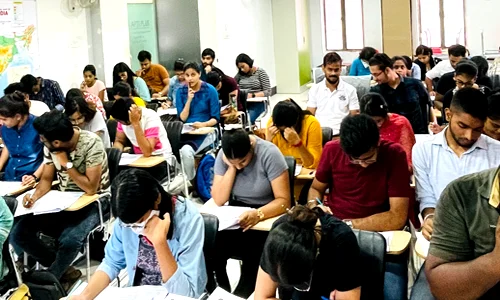



Short-term exposure to PM2.5, especially from landscape fires and urban pollution, significantly increases hospital admissions among children and adolescents for respiratory, infectious, cardiovascular, neurological, digestive, and other illnesses. Children aged 5–9 years and those from lower socioeconomic backgrounds are particularly vulnerable.
India has implemented measures like the National Clean Air Programme (NCAP), Pradhan Mantri Ujjwala Yojana (PMUY), air quality monitoring, and crop residue management to reduce PM2.5 exposure. However, challenges persist due to high ambient pollution, indoor smoke, socioeconomic disparities, and gaps in awareness.
A multi-pronged approach involving regulation, clean energy adoption, indoor air quality improvement, public awareness, and child-specific protective measures is essential to safeguard children’s health and reduce the long-term impacts of air pollution.
Click to View More
According to the FAO’s Global Forest Resources Assessment (GFRA) 2025, India ranks 9th globally in total forest area and maintains the 3rd position in net annual forest area gain, reflecting strong progress in afforestation and forest management. The country is also 5th among top global carbon sinks, with forests absorbing about 150 million tonnes of CO₂ annually (2021–2025).
As per the India State of Forest Report (ISFR) 2023, India’s forest cover spans 7,15,343 sq km (21.76% of its geographical area). Government initiatives like the Green India Mission, National Afforestation Programme, and Mission LiFE are driving ecological restoration, community participation, and sustainable living.
India’s achievements demonstrate its multidimensional commitment to climate action, biodiversity conservation, and the UN Sustainable Development Goals (SDG 13 & SDG 15), positioning it as a global leader in green growth and environmental stewardship.
Click to View MoreThe shifting US-China relationship creates both opportunities for India to attract investment and diversify supply chains, and challenges like border tensions and maintaining strategic autonomy amidst great power pressures. India responds by prioritizing national interests, building economic resilience, and pursuing a multi-aligned foreign policy for a secure future.
Click to View More
© 2025 iasgyan. All right reserved